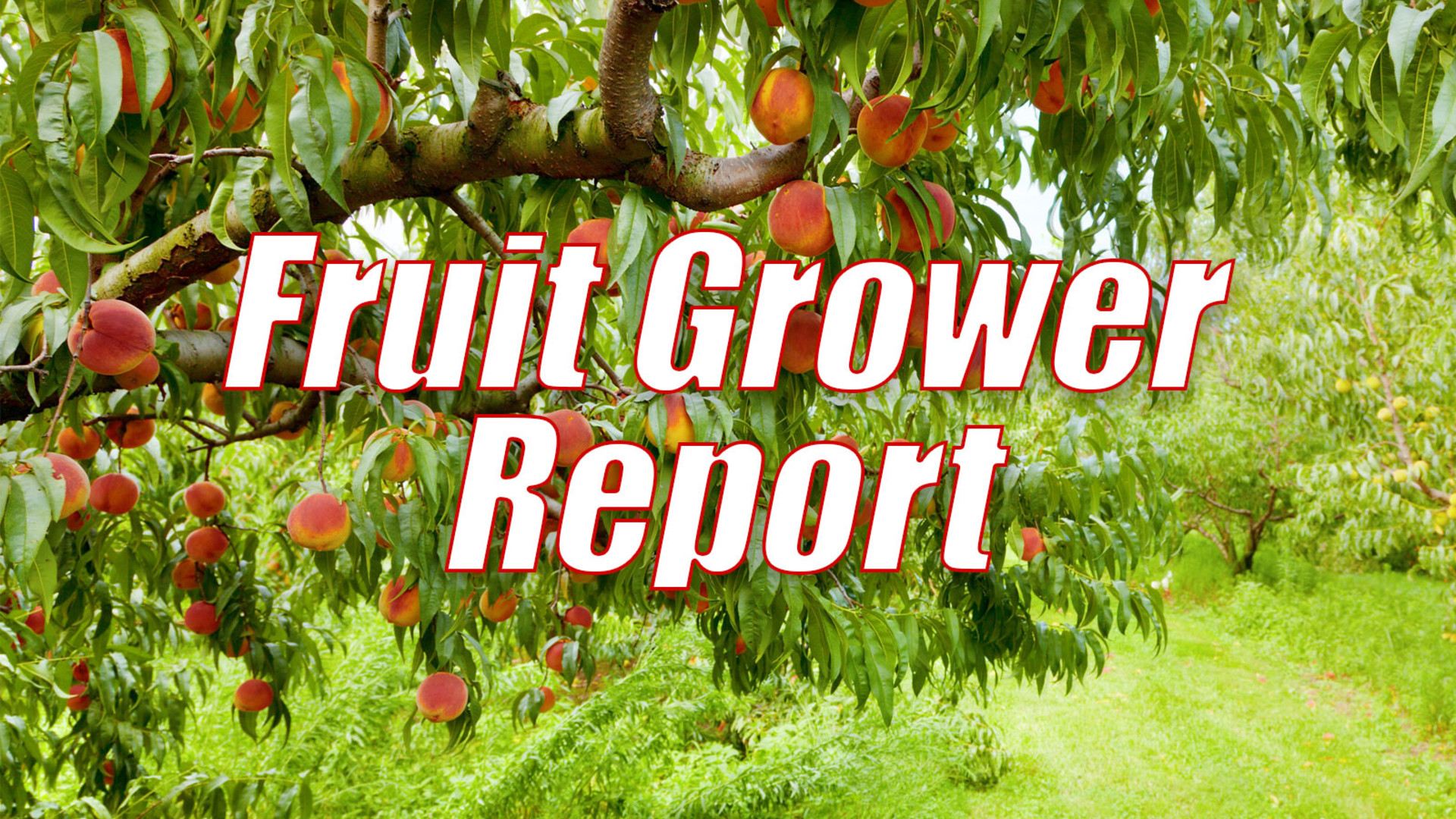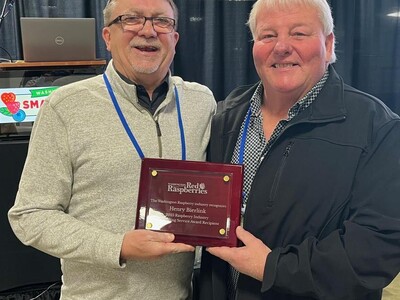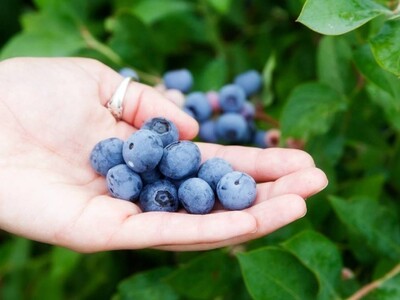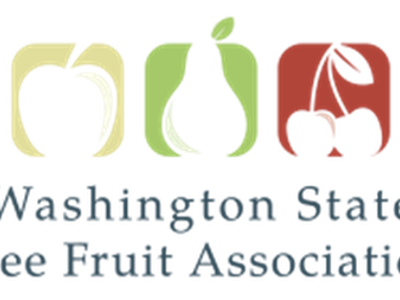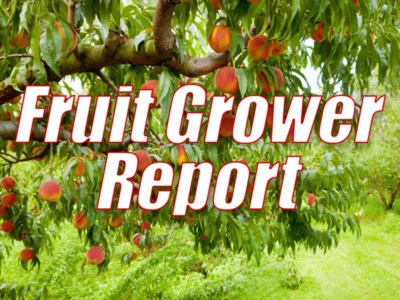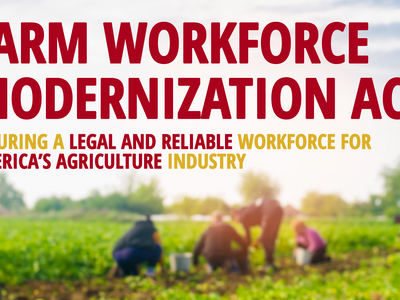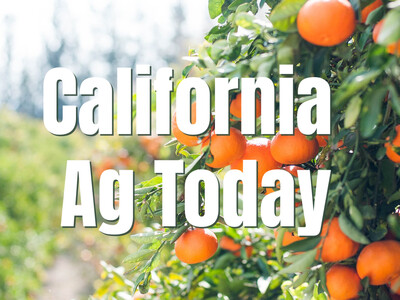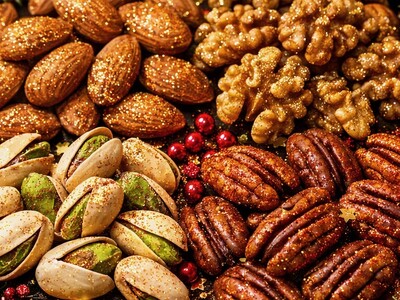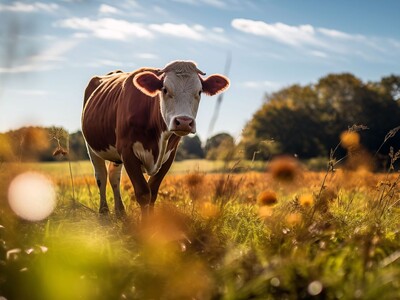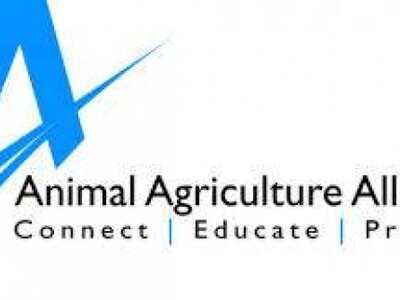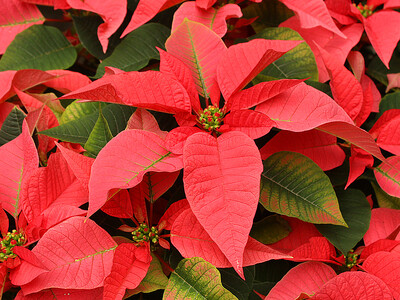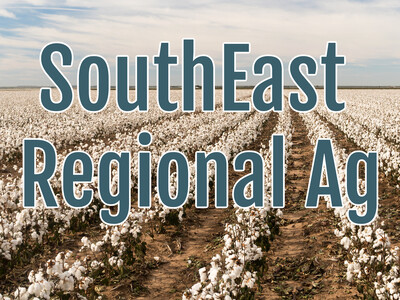Artificial Pollination
Artificial Pollination. I'm Greg Martin with today's Fruit Grower Report.If you've been outside in the last week you know that the flowers are blooming and the bees have been really busy doing what bees do. Matthew Whiting with WSU says they have been working on what could be called a pollination contingency plan.
WHITING: The problem is its been well documented that the decline in the populations of European honeybees which are the pollinator species that are introduced to orchards this time of year to pollinate and fertilize the crop. In addition to that, growers have challenges every year with the pollinizers, that is the trees that are planted interspaced in the orchard to provide a source of compatible pollen. Sometimes there's not enough of those, sometimes the overlap of the flowering that isn't sufficient and we also have problems with pollinators, with bees including their disappearance. There's colony collapse disorder concerns but also growers are seeing increasing costs for pollinators.
In addition to confusion and questions about how many pollinators are needed per acre and where to locate hives, etc., they've come up with a
WHITING: The system that we've been proposing and testing is one in which we're trying to just bring a little more resilience to some of these issues like colony collapse disorder, variable spring weather conditions, all the challenges I listed with pollinizers and pollinators so that you could rely upon pollination every year and not be concerned about it as a problem.
That's today's Fruit Grower Report. I'm Greg Martin on the Ag Information Network of the West.


